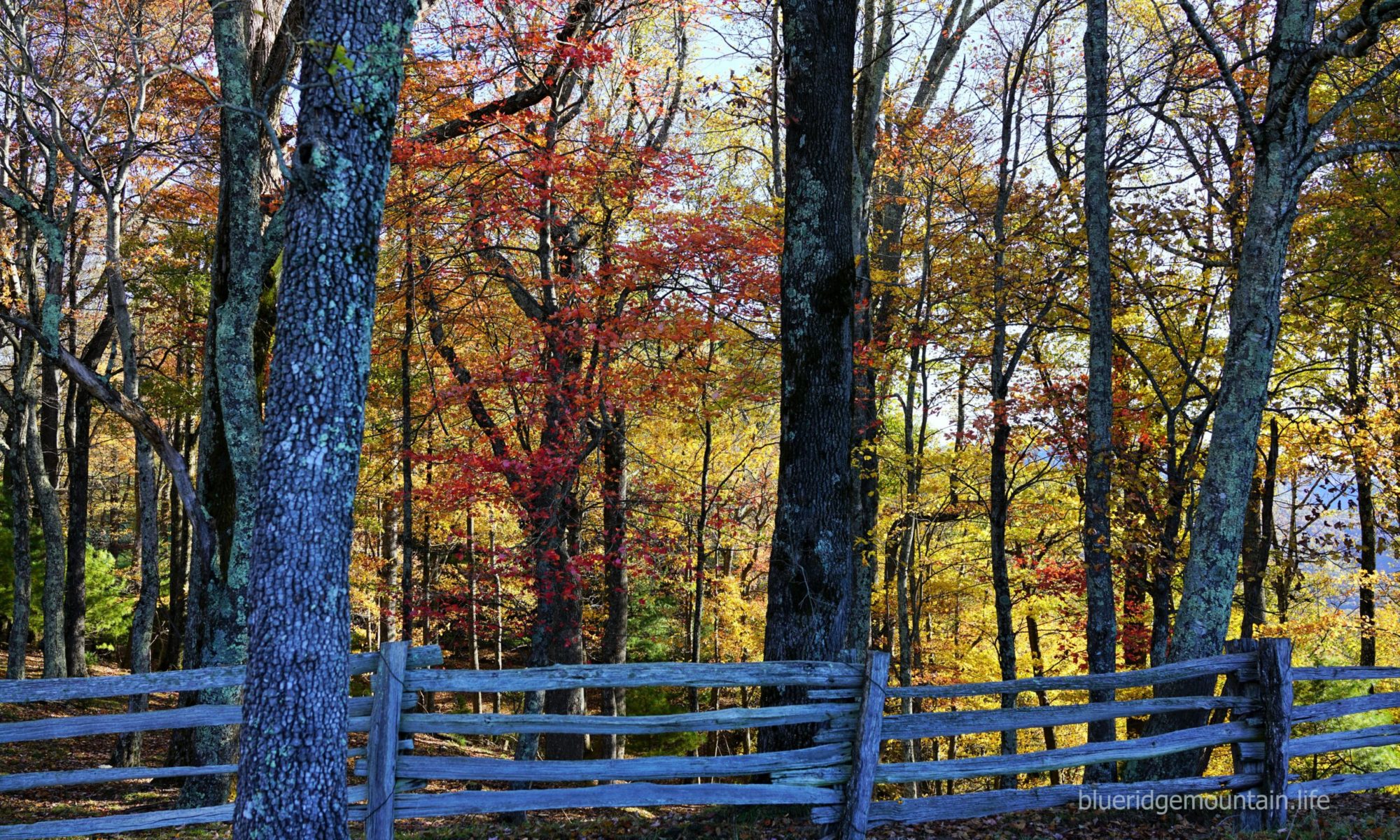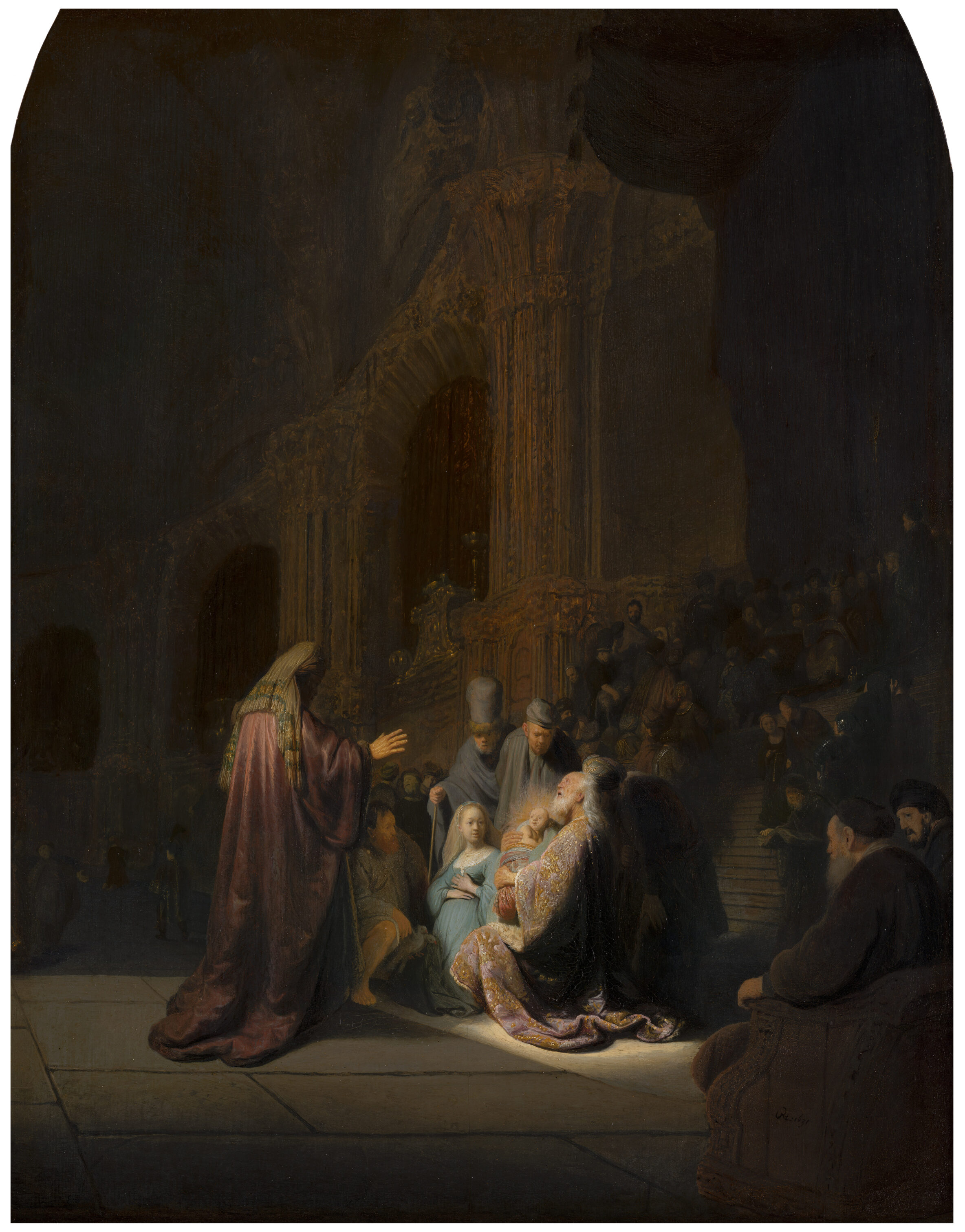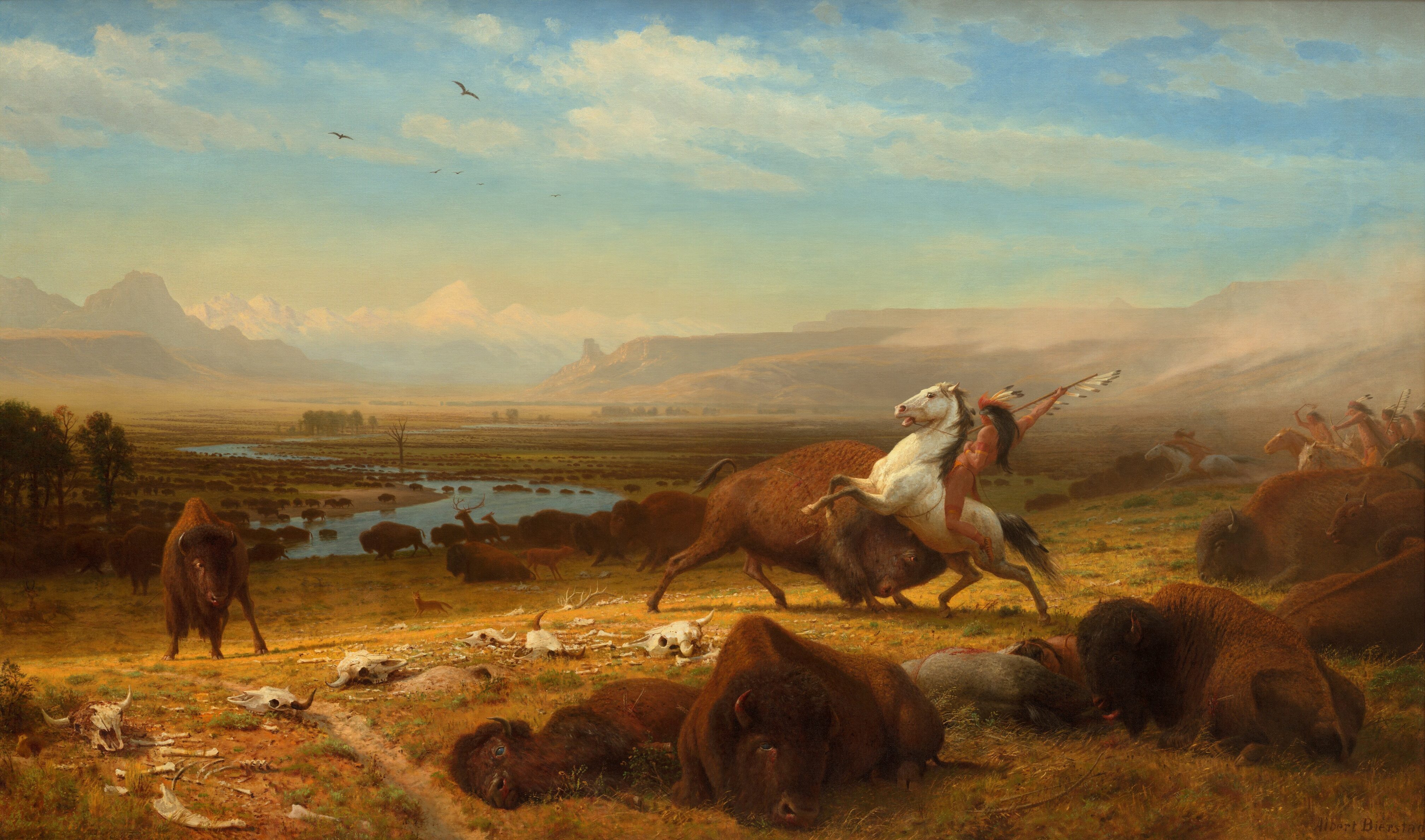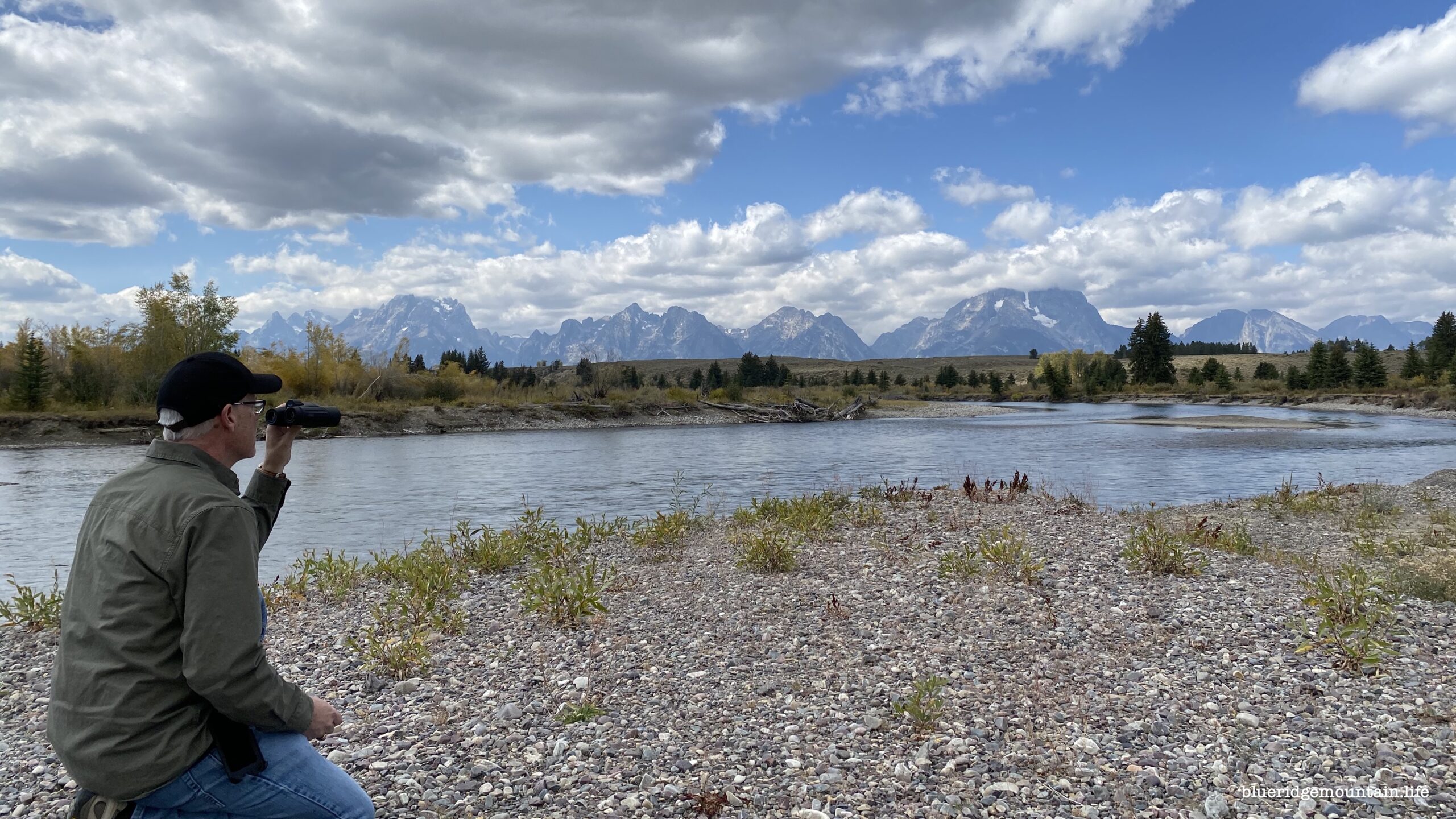
A burst of brilliant light shines on the newborn Christ, who is watched over by Mary, Joseph and a gathering of worshippers and onlookers. The source of the light is hidden, so it seems to radiate directly from the sleeping child, illuminating the faces of all around him.
The scene represents the episode in the Bible when shepherds arrived to pay homage to the Messiah. One kneels, raising his hands in wonder. Another is silhouetted against the light, while a third stands reverently to one side. Along with the animals in the background, this was the traditional cast of an Adoration of the Shepherds. But the artist added other figures, including the two women holding up a small child, to give the scene a more informal atmosphere.
A closely related version of the Adoration known to be by Rembrandt is in the Alte Pinakothek, Munich. Analysis suggests that it is likely that the London picture is a study inspired by the Munich one, made by a highly competent apprentice.
Courtesy of The National Gallery of Art, London
Luke 2:15-20
When the angels had left them and gone into heaven, the shepherds said to one another, “Let us go now to Bethlehem and see this thing that has taken place, which the Lord has made known to us.” So they went with haste and found Mary and Joseph, and the child lying in the manger. When they saw this, they made known what had been told them about this child; and all who heard it were amazed at what the shepherds told them. But Mary treasured all these words and pondered them in her heart. The shepherds returned, glorifying and praising God for all they had heard and seen, as it had been told them.
+++
Human Creativity



